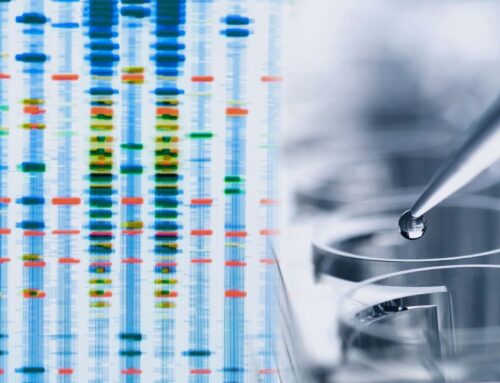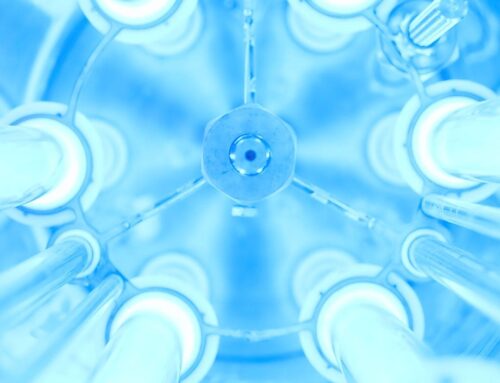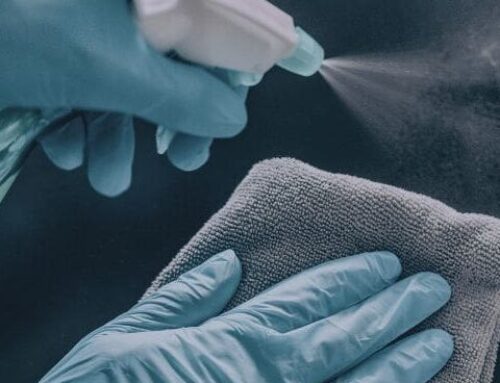January 2022
Ultraviolet light is a reliable, well-studied antimicrobial technology that destroys the DNA inside bacteria, viruses, and fungi.
The high-energy portion of the UV spectrum called UV-C (200-280 nm) is most effective.
Many facilities use UV-C for disinfecting industrial surfaces and sanitizing drinking water. It is especially advantageous for hospital use because it kills the spore-forming bacterium Clostridioides difficile, which is a major source of hospital-acquired infections.
Whole-room UV disinfection systems are a relatively new disinfection technology for hospital disinfection. Their popularity has surged because they quickly reduce microbial populations on virtually all of the surfaces in a room at once without chemicals or excessive labor. New companies continue to enter this market and UV devices will continue growing as a pivotal process for whole room disinfection. The global market for ultraviolet disinfectant devices is expected to reach $8.39 billion by 2028 according to Grand View Research, Inc.
The United States Environmental Protection Agency (EPA) is the primary regulator of chemical pesticides and pesticidal devices. EPA defines microorganisms as pests, disinfectants as pesticides, and disinfecting devices as pesticidal devices. Pesticidal devices are not subject to pre-market approval by EPA, though EPA does require data supporting efficacy to be held on file. Companies that make UV devices must register with the Agency (and several U.S. states), then report how many units are sold each year thereafter. EPA does not generally review or approve data supporting the performance of UV devices before they are sold, so the onus is on infection control practitioners and hospital buyers to ensure the machines are killing microorganisms as promised.
A variety of studies can be used to substantiate UV efficacy, each delivering a different level of scientific certitude in the clinical outcome:
- Dose-response models – The UV dose is measured, then used to estimate device effectiveness in hospitals (may be unreliable).
- Tests conducted in microbiology labs – The rate-of-kill on surfaces is measured for various pathogens under tightly controlled conditions (good to excellent when studies are realistic in nature).
- Environmental effectiveness tests – Hospital rooms are swabbed before and after UV treatment (good to excellent with well designed studies).
- Clinical outcome studies – Identifying reduction in infection rates resulting from UV device usage is calculated (excellent, so long as confounding variables are identified and controlled).
Demonstration of disinfection capabilities through device testing enables UV device manufacturers to legally market and communicate their test results to both end-users and stakeholders. Contact our lab for further inquiry regarding UV disinfection devices by contacting our lab.




